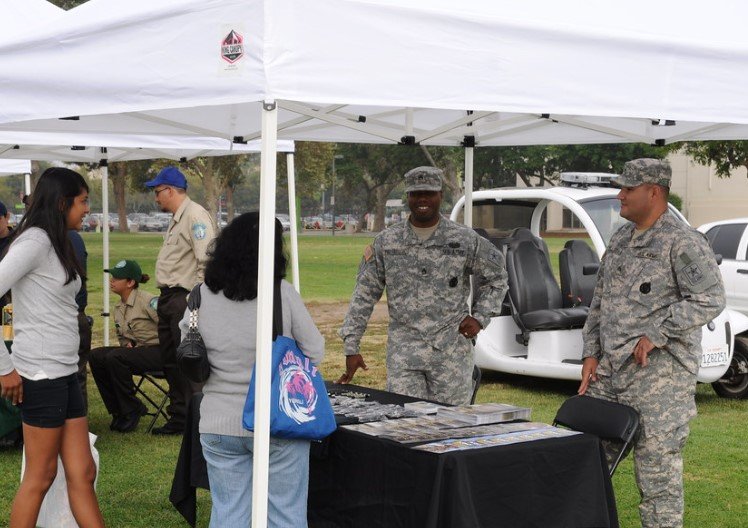September marks National Preparedness Month, an annual initiative led by the Federal Emergency Management Agency (FEMA) to encourage Americans to prepare for disasters and emergencies. This year’s theme, “Take Control in 1, 2, 3,” focuses on empowering older adults and their caregivers to be ready for any situation. With the increasing frequency and severity of natural disasters, it is crucial for individuals, families, and communities to have a plan in place to ensure safety and resilience.
Empowering Older Adults
Older adults often face unique challenges during disasters. Limited mobility, medical needs, and social isolation can make it difficult for them to respond quickly and effectively. This year’s campaign emphasizes the importance of assessing individual needs and creating a personalized emergency plan. Caregivers play a vital role in this process, providing support and ensuring that older adults have the resources they need to stay safe.
FEMA has partnered with the Rosalynn Carter Institute for Caregivers to enhance support for older adults. This collaboration aims to leverage both organizations’ networks to provide essential resources and information. By involving caregivers in preparedness conversations, the initiative seeks to build a more resilient community that can better withstand the impacts of disasters.

Creating an emergency supply kit tailored to specific needs is a key step in preparedness. Items such as medications, medical devices, and mobility aids should be included to address the unique requirements of older adults. Additionally, having a communication plan in place ensures that older adults can stay connected with their support network during emergencies.
Community Involvement
Community involvement is crucial in disaster preparedness. Neighbors, friends, and local organizations can provide invaluable support before, during, and after a disaster. Building a strong support network helps ensure that everyone, especially vulnerable populations, receives the assistance they need.
Local governments and organizations play a significant role in promoting preparedness. Public awareness campaigns, community drills, and educational programs can help residents understand the importance of being prepared. By fostering a culture of preparedness, communities can enhance their resilience and reduce the impact of disasters.
Volunteering is another way to contribute to community preparedness. Organizations like the American Red Cross offer training programs for volunteers to assist in disaster response efforts. By becoming a volunteer, individuals can gain valuable skills and knowledge that can benefit their community in times of need.
Practical Steps for Preparedness
Taking practical steps to prepare for disasters can make a significant difference in ensuring safety. The first step is to assess individual and family needs. This includes identifying potential risks, such as natural disasters common in the area, and understanding the specific requirements of each family member.
Creating an emergency plan is essential. This plan should outline what to do, where to go, and what to bring in case of an emergency. It is important to practice the plan regularly to ensure that everyone knows their role and can act quickly when needed.
Building an emergency supply kit is another critical step. This kit should include basic necessities such as food, water, and first aid supplies, as well as items specific to individual needs. Keeping the kit updated and easily accessible ensures that it is ready to use at a moment’s notice.
Engaging with local resources and staying informed about potential threats are also important aspects of preparedness. Signing up for local alerts and warnings can provide timely information about emergencies. Additionally, participating in community preparedness activities can help individuals stay informed and connected.
